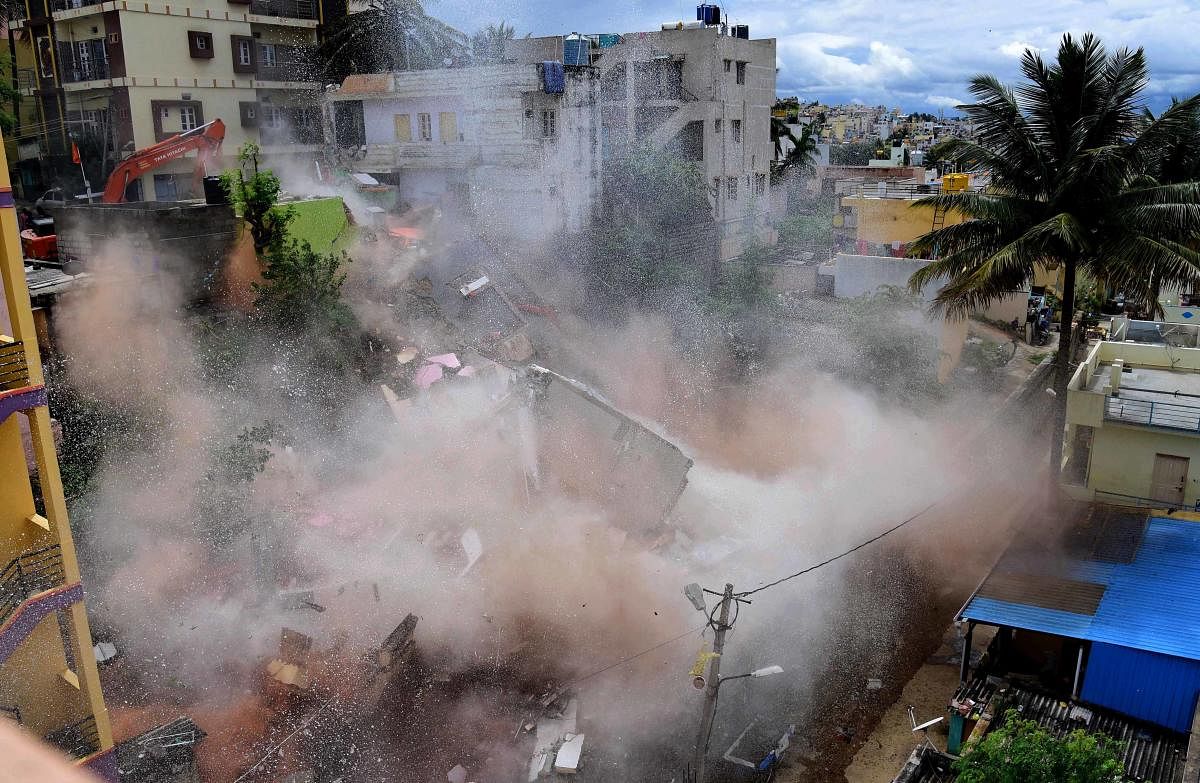
In the race for generating data to carry out scientific studies and publish reports, we tend to forget that end-users of such studies or reports are often the employees of state and Central departments. For them to understand the message from the report and the scientific process behind the conclusion, it is essential to make them a part of the studies right from the word ‘go’.
The Center for Study of Science, Technology and Policy (CSTEP) recently launched two studies for the city of Bengaluru: Emission Inventory and Pollution Reduction Strategies for Bengaluru and Identification of Polluting Sources for Bengaluru – Source Apportionment Study.
However, for a think tank like us, carrying out scientific studies and putting the findings out in the public domain is not the end of the task. The implications of the research findings need to be explained to government departments for effective and timely implementation of remedial measures to bring about actual change at the ground level.
In the past decade, Bengaluru has witnessed unplanned growth with a spurt in population due to a booming IT sector. However, this has taken a toll on the public infrastructure and the environment.
Dirty fuel, wood-burning
Deteriorating air quality is one of the trade-offs of ill-planned urbanisation. Dirty fuel being used to run vehicles, burning of wood for heating water or cooking, dust from underdeveloped and broken roads and running of diesel generators are just a few sources contributing to the city’s increasing particulate matter (PM) load.
Our city-specific studies—emission inventory and source apportionment—point to the transportation sector followed by dust from various sources (road resuspended, construction and demolition, and wind-carried dust) as the major contributors to the city’s pollution load.
Transportation emission
Emission from the transportation sector—tailpipe emission along with resuspension of dust—comprises 68% of the total particulate matter 10 (PM10), 71% of the total PM2.5 emission, and 60% of Nitrogen Oxide (NOx) emissions load in the city. Dust emissions from the mushrooming construction projects in and around the city contribute to around 11% of the total PM10 and around 3% of the PM2.5 emissions.
The interesting thing to consider here is that though the share of heavy commercial vehicles is only 3.3% of the total vehicles plying in the city, the contribution from them amounts to around 84% of the particulate matter load from the transportation sector.
CNG, e-mobility
Our research shows that the government incentives for Compressed Natural Gas (CNG) fuel and the recent push for electric mobility for public transportation can reduce emissions by 25% in the city. To cut down on dust emissions, it is imperative to invest in the concretisation of the arterial and sub-arterial roads, end-to-end road paving, and geo-synthetics for covering green belts and road dividers.
In the light of the findings, it is also crucial to bring about intergovernmental coordination and convergence to reduce damage to roads and carry out maintenance tasks at regular intervals.
In the course of the research, we found that though Bengaluru is complying with PM 2.5 levels, PM10 levels are exceeding acceptable limits at all the tracked locations in the city.
The spike in PM10 is largely due to dust from various sources, waste burning, and the use of coal or charcoal in eateries.
Tripartite agreement
For Bengaluru, all is not lost though. Our study shows that if strict interventions are put in place, 800 to 1,200 lives can be saved annually. To make this a reality, under the National Clean Air Programme, a tripartite agreement has been drawn up between the Karnataka State Pollution Control Board (KSPCB), the Bruhat Bengaluru Mahanagara Palike (BBMP), and CSTEP as an Institute of Repute (IoR).
As part of the plan, CSTEP will be working closely with KSPCB to provide technical support to government departments while making them aware of the importance of these control measures and guiding them through the implementation timelines.
It is the responsibility of BBMP to initiate dialogue with the various government departments to ensure effective implementation. Here is to the possibility of better, clean air in Bengaluru!
(The writer heads the Centre for Air Pollution Studies at the Centre for Study of Science, Technology and Policy (CSTEP), a research-based think tank)
